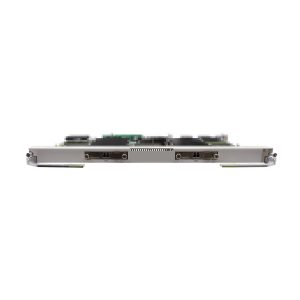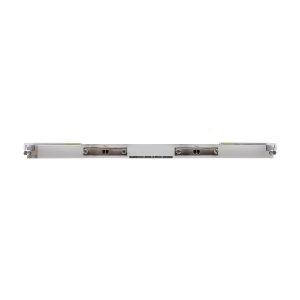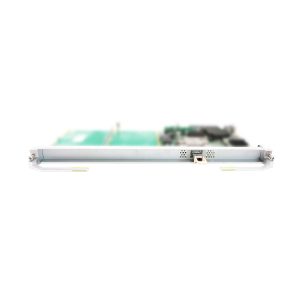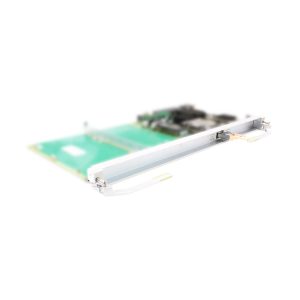Description
TNV3G220 overview
The G220 board consists of a client-side optical module, signal processing module, control and communication module, and power supply module.
he G220 board electrically regenerates OTU2/OTU2e optical signals carried over ITU-T G.694.1 compliant DWDM wavelengths.
The optical receiver on the WDM-side optical module receives OTU4 optical signals through the RX optical interfaces and converts them into OTU2/OTU2e electrical signals.
The OTN processing module performs FEC decoding, overhead processing, and FEC encoding, which is the process of reshaping, regenerating, and retiming the OTU2/OTU2e electrical signals and digitally wrapping them into OTN frames.
The OTN-framed OTU4 electrical signals are sent to the optical transmitter on the WDM-side optical module. After performing E/O conversion, the transmitter produces and sends OTU2/OTU2e optical signals carried over ITU-T G.694.1 compliant DWDM wavelengths out the TX optical interfaces.
Valid slots
| Device | Number of Occupied Slots | Physical Slot | Logical Slot |
|---|---|---|---|
| OptiX OSN 9800 M24 | 2 | (IU1, IU13), (IU2, IU14), ……, (IU11, IU23), (IU12, IU24) | IU1 to IU12 |
| OptiX OSN 9800 U32 Enhanced | 1 | IU1 to IU32 | IU1 to IU32 |
| OptiX OSN 9800 U32 Standard | 1 | IU1 to IU32 | IU1 to IU32 |
| OptiX OSN 9800 U64 Enhanced | 1 | IU1 to IU64 | IU1 to IU64 |
| OptiX OSN 9800 U64 Standard | 1 | IU1 to IU64 | IU1 to IU64 |












Sebastian –
This supplier has testing capabilities and is worth recommending.